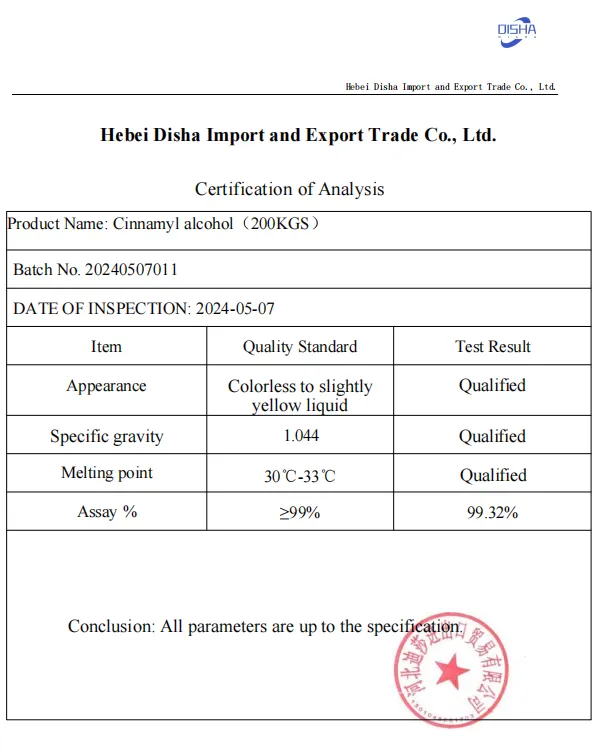Warning: Undefined array key "title" in /home/www/wwwroot/HTML/www.exportstart.com/wp-content/themes/1198/header.php on line 6
Warning: Undefined array key "file" in /home/www/wwwroot/HTML/www.exportstart.com/wp-content/themes/1198/header.php on line 7
Warning: Undefined array key "title" in /home/www/wwwroot/HTML/www.exportstart.com/wp-content/themes/1198/header.php on line 7
Warning: Undefined array key "title" in /home/www/wwwroot/HTML/www.exportstart.com/wp-content/themes/1198/header.php on line 7
- Afrikaans
- Albanian
- Amharic
- Arabic
- Armenian
- Azerbaijani
- Basque
- Belarusian
- Bengali
- Bosnian
- Bulgarian
- Catalan
- Cebuano
- China
- China (Taiwan)
- Corsican
- Croatian
- Czech
- Danish
- Dutch
- English
- Esperanto
- Estonian
- Finnish
- French
- Frisian
- Galician
- Georgian
- German
- Greek
- Gujarati
- Haitian Creole
- hausa
- hawaiian
- Hebrew
- Hindi
- Miao
- Hungarian
- Icelandic
- igbo
- Indonesian
- irish
- Italian
- Japanese
- Javanese
- Kannada
- kazakh
- Khmer
- Rwandese
- Korean
- Kurdish
- Kyrgyz
- Lao
- Latin
- Latvian
- Lithuanian
- Luxembourgish
- Macedonian
- Malgashi
- Malay
- Malayalam
- Maltese
- Maori
- Marathi
- Mongolian
- Myanmar
- Nepali
- Norwegian
- Norwegian
- Occitan
- Pashto
- Persian
- Polish
- Portuguese
- Punjabi
- Romanian
- Russian
- Samoan
- Scottish Gaelic
- Serbian
- Sesotho
- Shona
- Sindhi
- Sinhala
- Slovak
- Slovenian
- Somali
- Spanish
- Sundanese
- Swahili
- Swedish
- Tagalog
- Tajik
- Tamil
- Tatar
- Telugu
- Thai
- Turkish
- Turkmen
- Ukrainian
- Urdu
- Uighur
- Uzbek
- Vietnamese
- Welsh
- Bantu
- Yiddish
- Yoruba
- Zulu
Medi . 17, 2024 04:24 Back to list
Xanthan Gum and Flour
The Role of Xanthan Gum in Flour-Based Recipes
Xanthan gum, a popular food thickening agent and stabilizer, has gained prominence in the baking world, especially among those who follow gluten-free diets. Derived from the fermentation of sugar by the Xanthomonas campestris bacterium, xanthan gum is a polysaccharide that serves multiple purposes in flour-based recipes. This article explores its significance, benefits, and applications while discussing the ideal percentage of xanthan gum to incorporate in various flour mixtures.
What is Xanthan Gum?
Xanthan gum is a versatile food additive known for its ability to enhance the texture and stability of a wide range of food products. In flour-based recipes, it serves as a binding agent and helps create a desirable consistency, especially when gluten is absent or minimized. When combined with water, xanthan gum forms a gel-like substance, which aids in holding moisture and providing structure to baked goods.
Benefits of Xanthan Gum in Baking
1. Gluten-Free Baking For those who are gluten intolerant or celiac, traditional flours are off-limits. Xanthan gum becomes essential in gluten-free baking, acting as a substitute for gluten. It mimics gluten's elasticity and helps in trapping air during the mixing process, which is crucial for achieving a light and airy texture in baked goods.
2. Improved Texture Xanthan gum contributes a desirable chewiness and mouthfeel in baked items such as bread, cookies, and cakes. It helps maintain moisture and prevents the crumb structure from becoming too dry or crumbly, which is common in gluten-free products.
3. Enhanced Stability Xanthan gum enhances the shelf life of baked goods by stabilizing emulsions and preventing ingredient separation. This is particularly beneficial for products that contain fats and oils, ensuring a uniform texture throughout.
xanthan gum to flour

Recommended Xanthan Gum Percentage
The appropriate amount of xanthan gum to use in flour-based recipes can vary depending on the type of flour and the specific baked good. A general guideline is as follows
- Gluten-Free All-Purpose Flour When substituting for regular flour in recipes, the recommended amount of xanthan gum is typically around 1 to 2 teaspoons per cup of flour. This helps to replicate the binding properties of gluten.
- Cakes and Muffins For lighter baked goods like cakes and muffins, it’s advisable to use about 1/2 teaspoon of xanthan gum per cup of flour to avoid an overly dense texture.
- Breads and Pizza Dough For denser items like bread and pizza dough, a higher proportion of xanthan gum—1 to 2 teaspoons per cup—can be beneficial, as these recipes require more structure to rise properly.
Conclusion
Incorporating xanthan gum into flour-based recipes can drastically improve the quality of baked goods, particularly in gluten-free baking. By understanding the right percentage to use and the benefits it offers, bakers can create textures and flavors that closely resemble their gluten-containing counterparts. Whether one is an experienced baker or a novice in the kitchen, the addition of xanthan gum can make a significant difference in achieving delicious, satisfying results. As the baking landscape continues to evolve, xanthan gum remains a crucial ingredient for those seeking to enhance their culinary projects.
Latest news
-
Certifications for Vegetarian and Xanthan Gum Vegetarian
NewsJun.17,2025
-
Sustainability Trends Reshaping the SLES N70 Market
NewsJun.17,2025
-
Propylene Glycol Use in Vaccines: Balancing Function and Perception
NewsJun.17,2025
-
Petroleum Jelly in Skincare: Balancing Benefits and Backlash
NewsJun.17,2025
-
Energy Price Volatility and Ripple Effect on Caprolactam Markets
NewsJun.17,2025
-
Spectroscopic Techniques for Adipic Acid Molecular Weight
NewsJun.17,2025

